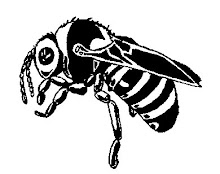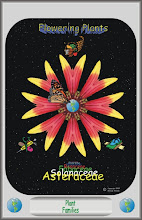
Photo above by Christopher Zabawa
Photo above by Christopher Zabawa

False Daisy (Eclipta prostrata)
Found in the eastern half of the United States, California, Nevada and worldwide, the native False Daisy, a member of the Aster (Asteraceae) family and named for its daisy-like appearance is also known as Yerba de Tajo.
Commonly found along pond margins, stream margins and other moist/wet areas, the False Daisy blooms from mid-summer into fall. Considered a noxious weed in some areas of its range, such as Oklahoma, it is endangered in New York.
This sprawling plant, to two feet long, produces 1/3 inch white flowers with many white ray flowers (ray florets) and off white, four lobed disk flowers (disk florets) from midsummer into fall. The visible stamens tips (anthers) are yellow to light brown. The flat green fruit, beginning as green, turns to brown/black at maturity.
The leaves, lance shaped and coarsely toothed, found opposite along the stem, grow to five inches long and one-inch diameter. Both the reddish stems and leaves have a scattering of white hairs.
Eclipta prostrata, is also known by the scientific names Eclipta alba, Eclipta erecta ,Verbesina alba and Verbesina prostrata L.
The young leaves and cooked shoots of plant are edible.
Eclipta prostrata is an important medicinal plant in China and other areas of the world. It has numerous medicinal uses including treatments for hair loss (leaves), liver ailments, fevers, skin aliments (cuts, sores, athlete's foot), scorpion stings, and an antidote for snakebites. A dye extracted from the plant is used in tattoo ink/dye. Extracts from this plant can be purchased on internet and at local, herbal stores.
This plant contains nicotine, which acts an insecticide and other active chemicals.
It is not recommended that these plants be used as medicine or food since they may have bad side effects. Similar species, misidentified, may cause illness or death.
Photos taken at Sutton Wilderness, near Norman Oklahoma and at my pond in rural east Norman.








No comments:
Post a Comment